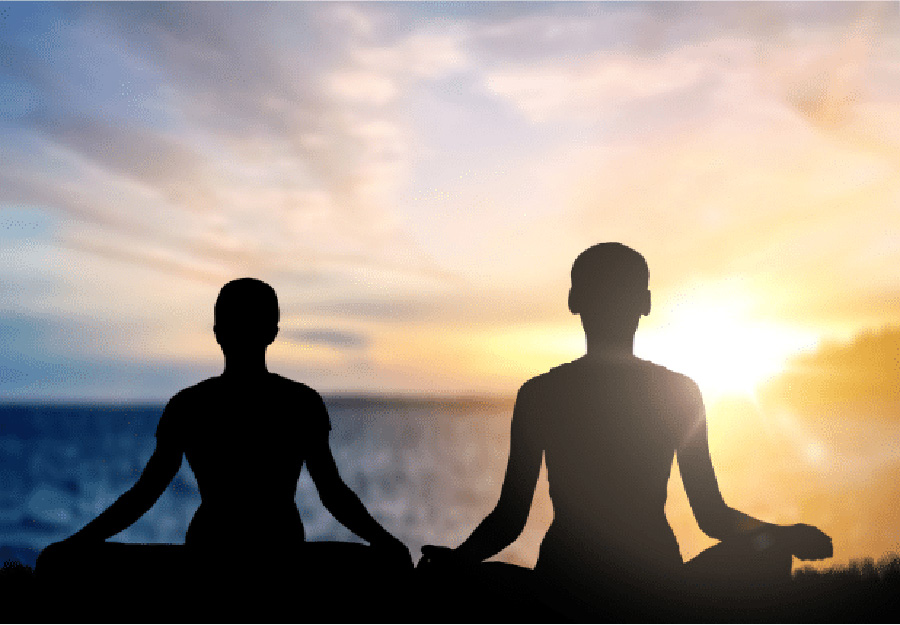




You could ask a hundred different Meditation or Hypnosis experts this question and receive a hundred wildly different responses. There is no specific marker that determines when Meditation turns into Self-Hypnosis or vice versa. In my opinion, the lines are so blurred between the two that I often consider them to be the same. In fact, if you ever hear me say that I was meditating, it’s safe to assume that it was Self-Hypnosis. One of the terms just happens to be associated with far more misconceptions, making it a more difficult term for people to resonate with. I’m sharing my experience with the two in hopes that this may help to expand on your existing conceptions and encourage you to build on your practice.
Both Self-Hypnosis and Meditation are a way to calm the mind, and increase focus and awareness. They’re both associated with slower brain waves; resulting in an altered state of perception.
I would say that meditation is more about ‘being’ in a state of peace and tranquillity, and less about visualizing, setting intentions and manifesting.
Meditation teaches you to be the observer of your thoughts but to not identify as them. To me, Meditation is where I simply go to exist as a loving/vibrational being. In this way, it can be transcendental and empowering, but I don’t go in with a specific objective in mind.
Self-Hypnosis is like Meditation with an action plan. You typically would want to follow an ‘induction’ process to help you achieve a deeper state of both physical and mental relaxation.
You still are entering an altered state of awareness with slower brain waves and heightened focus, but Self-Hypnosis is utilizing that space to now visualize your goals, set intentions, seek answers to what’s been bothering you. It’s an opportunity to communicate with your subconscious mind. I find it to be a little more mentally engaging than Meditation. It’s where Meditation can be used to your advantage even more.
Another difference between the two that needs to be addressed is posture. Meditation is encouraged to be done while maintaining a straight back. Either seated in a chair, sitting crossed-legged, on your knees or even standing/walking. Maintaining a straight back is supposed to enhance the flow of chi energy in the body. It also helps to keep you awake and focused on your practice. I have found that maintaining a meditation pose is an excellent way to stay connected to your body and has the added benefit of improving your posture. Self-Hypnosis does not have a universally recommended posture. Although many prefer to lay down, it can be done in any position. It’s definitely worth noting that Self-Hypnosis can be done while in Meditation posture as well, which happens to be my personal preference.

If I can leave you with anything, it’s that if you already have a meditation practice, consider becoming a little more mentally engaging with it. A great start is to simply visualize your ideal self. Imagine the emotions associated with being your ideal self and practice embodying that version. Ask your subconscious mind to guide you to experience it. And on the other hand, if you find that your mind is too engaged to the point where it’s hard to direct your focus to where you want it to be, then perhaps aim towards meditation. Incorporating either or both of these practices into your self care routine can have profound effects on your well-being. If you’re new, don’t expect perfection immediately. Be patient and trust that the results will become more obvious over time. It will be worth the effort.
Don’t wait any longer to start living the life you deserve. Contact me today to schedule your appointment and begin your journey towards a happier, healthier you.